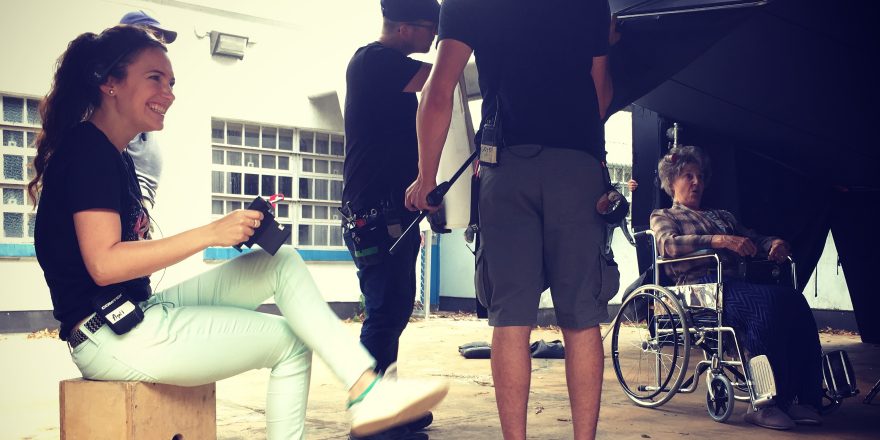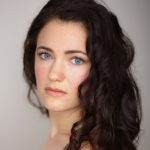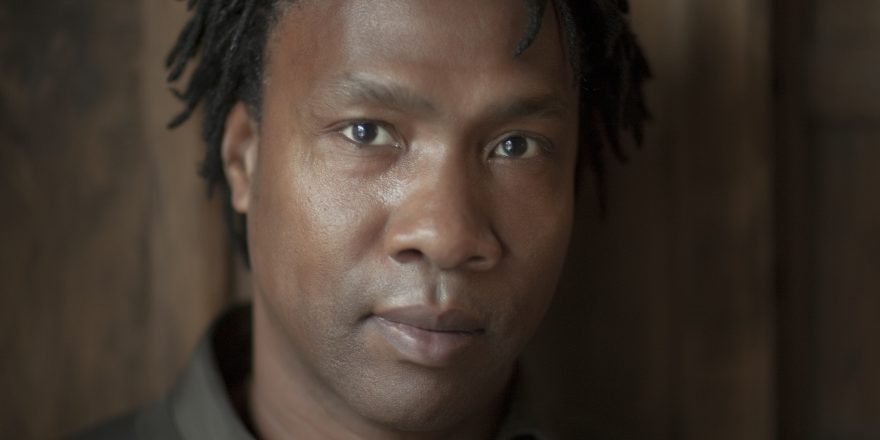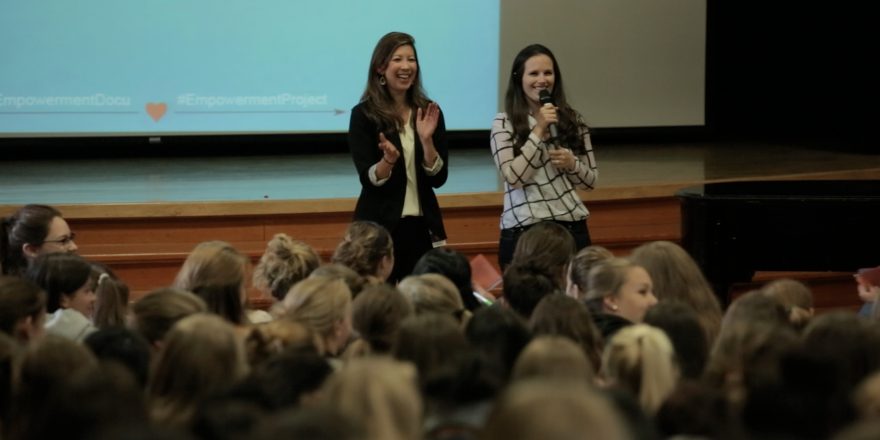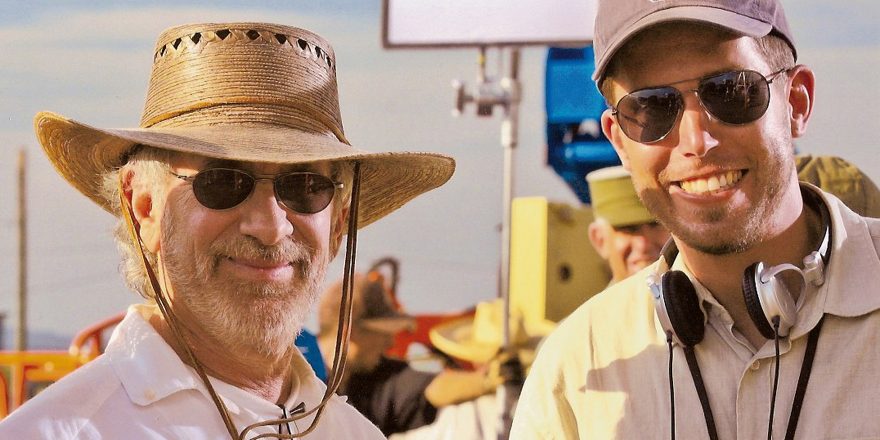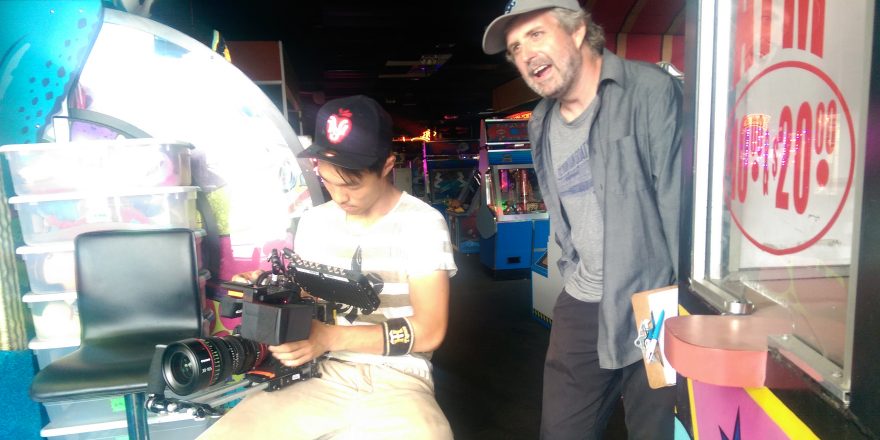Over the past 20 years, in all forms, in all moments, I’ve been focused on creating. On a daily basis, big and small moments fire my imagination. Images, sounds and feelings hit me and are transformed into frames in the work I make in film and TV. My spirit has always been driven by my passion to create.
Over the past year, I’ve found myself suddenly being labeled a “female filmmaker,” part of an awareness campaign that singles out women in film and TV in order to equalize their severe underrepresentation in the industry. There’s a part of me that understands the label, because younger generations of female filmmakers need people to identify with – they need to know it’s possible to follow and attain their dreams. Part of me, however, can’t help but think the label also contributes to the problem as a whole. The motivation behind this focus on diversity is to move toward a society in which labels are broken down and people aren’t simply put into boxes, but I strongly believe that women are not only underrepresented both behind and in front of the camera, but also greatly misunderstood. If you look at the majority of movies produced, the female characters in these films are often solely there to service the plot of a male hero.
Until very recently, I thought of myself simply as a filmmaker. There was no gender attached to every press article or headline about me. Maybe I was naïve not to look around or outside of my work, but I never saw myself as a “female” filmmaker. I always thought I was just making films. The fact that I was a woman never came into the equation for me. Perhaps I was too busy giving my everything to making independent films and getting a production company off the ground to notice the gender discrepancy in the entertainment industry.
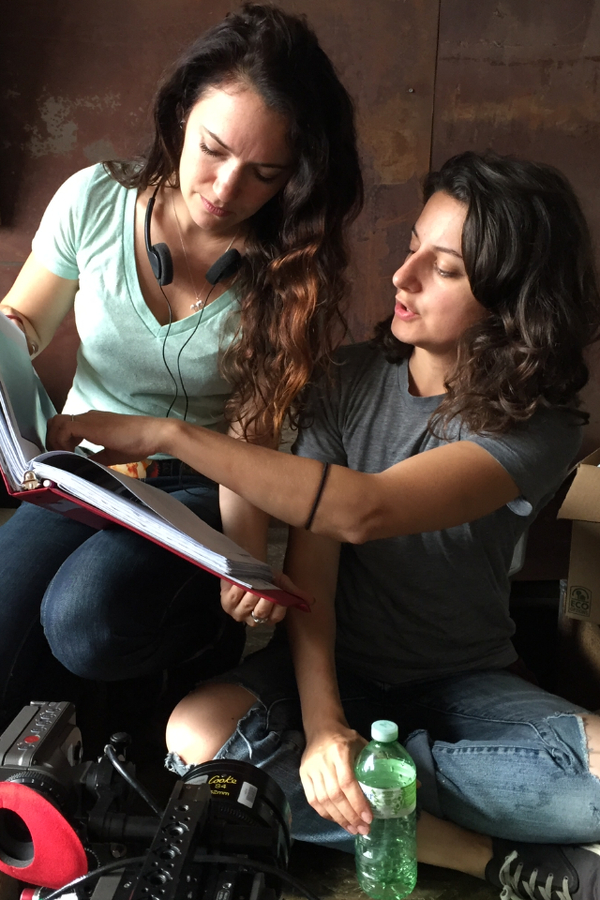
Looking back, though, I recognize that while directing my first five features I was one of possibly two women on set – the other being my sister Faye, who I hired as a production designer. From day one, my longtime producing partner Tim Doiron allowed me freedom and equality as I strengthened my filmmaking muscles over the five films we did together. This kind of relationship and the atmosphere it created is rare, and it was invaluable to me. While I was making those films, my nose was to the ground, I was full force ahead, and I never stopped to notice how off-balance everything was or how sheltered our WANGO Films productions were.
When I worked with producer Melissa Coghlan and writer Stephanie Fabrizi on my latest movie, Below Her Mouth, we decided to set a bold precedent – to have an all-female crew. We made this decision because it was our goal from the beginning to deliver an authentic female perspective, a truth that had to come from all creative keys involved in the filmmaking process. At the time, we didn’t yet know what the outcome would bring, we just wanted to create something fresh and bold that would hopefully connect with audiences and make an impact.
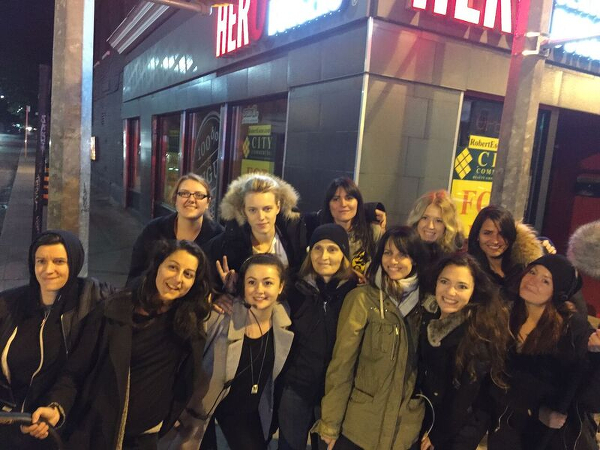
The most common question we get from audiences is, “What did the all-female crew bring? Why and how is this film different?” I’ve often responded to this question by saying, “The answer is on the screen. It’s also the feeling you are left with as you leave the cinema.” But then again, what exactly is “it”? What do women bring to the screen that separates us from men? What is the female gaze? And why is it that I don’t like differentiating myself as a woman? Could it be that over the years I have been told time and time again in convoluted ways that I needed to “fit in” and suppress my female essence while on set with more than 200 men? Have I been cutting myself and my female voice short in order to succeed in this very male-dominated industry?
For the first time I will openly admit, I believe for many years I have been dimming my female qualities while financing, writing, shooting, editing and even releasing films, because I wanted to keep making movies and thought being female might be seen as a weakness.
I now, however, see it as a strength. This might have come with experience and age, but it might have also come with all the support I feel around the current celebration of women in film. Maybe it’s a little bit of everything. After going to festivals with Below Her Mouth and watching the reactions of audience members, I wanted to answer this question – what makes it different? Essentially, what as females were my crew and I bringing to the work we were creating?
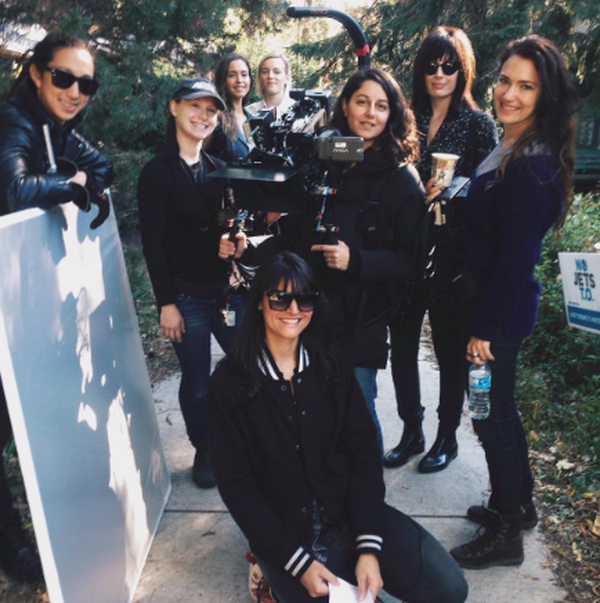
I can only answer from my personal experience, but I will say, I create with my body and my spirit – my work comes from deep within me. Women have this vulnerability and connection to a depth of emotions that I can see and feel in certain moments of truth in the films we create. To me, the female gaze is transparency – the veil between audience and filmmaker is thin, and that allows people in more. Females allow for silences, moments of compassion, space to feel. We don’t force the audience into thinking or feeling; rather, I find, we give them the choice. When I create, I give my everything – all of my insides … the moments, the feelings – there’s no holding back. It’s all-encompassing.
Now that I’ve found this understanding about what it is I feel we as females offer, I intend to stay relentlessly true to myself and my voice, because I know it’s important and has value. The female gaze offers a unique perspective on human beings. Women see the world differently than men. How exciting is that? Imagine more films with greater transparency, and enhanced with a raw honesty. There’s a long way to go still, but the female gaze is upon us, and as it gathers momentum, it will be electrifying, offering audiences the opportunity to experience a new consciousness.



